Located in the center of Paris, the Louvre Museum (Musee du Louvre) is not only the largest and most popular art museum, but also the palace of the French kings, as well as an architectural monument. The palace was built at the end of the XII century by Philip Augustus, but with the advent of each new king, the building changed its appearance.
In connection with the move of the royal palace to Versailles in 1682, the Louvre became an abandoned building, which even wanted to be demolished. But everything changed when, after the Revolution, on the initiative of Napoleon, construction work resumed here again. It is worth noting that Napoleon I took works of art as tribute from each defeated nation.
By decision of the President of the Republic, Francois Mitterrand, in 1981, restoration work began at the Louvre. Then the famous pyramid appeared in Napoleon's courtyard, the author of which was Ieoh Ming Pei, an American architect of Chinese origin.
Today, the Louvre catalog contains about 400 thousand exhibits, which will take months to study. Therefore, we have collected for you the most popular masterpieces of world significance.
Mona Lisa painting. The famous work of Leonardo da Vinci was written around 1503-1519. After several attacks on the integrity of the canvas, it was placed in a separate room, covered with armored glass and a fence was put up.

Marriage in Cana of Galilee. The canvas of the Italian painter Paolo Veronese depicts 130 people, including Charles V, Suleiman the Magnificent, Francis I and other famous figures of the Renaissance. The painting was made in 1562-1563. commissioned by the Benedictines of San Giorgio Maggiore in Venice for the refectory of the abbey. The painting was in the refectory of the monastery for 235 years, until in 1797 it was plundered by the Napoleonic army, and the masterpiece of art was sent to Paris. Moreover, for ease of transportation, the painting was cut in half and stitched again in Paris. The abbey is still trying to get its property back, but the painting still belongs to the Louvre.
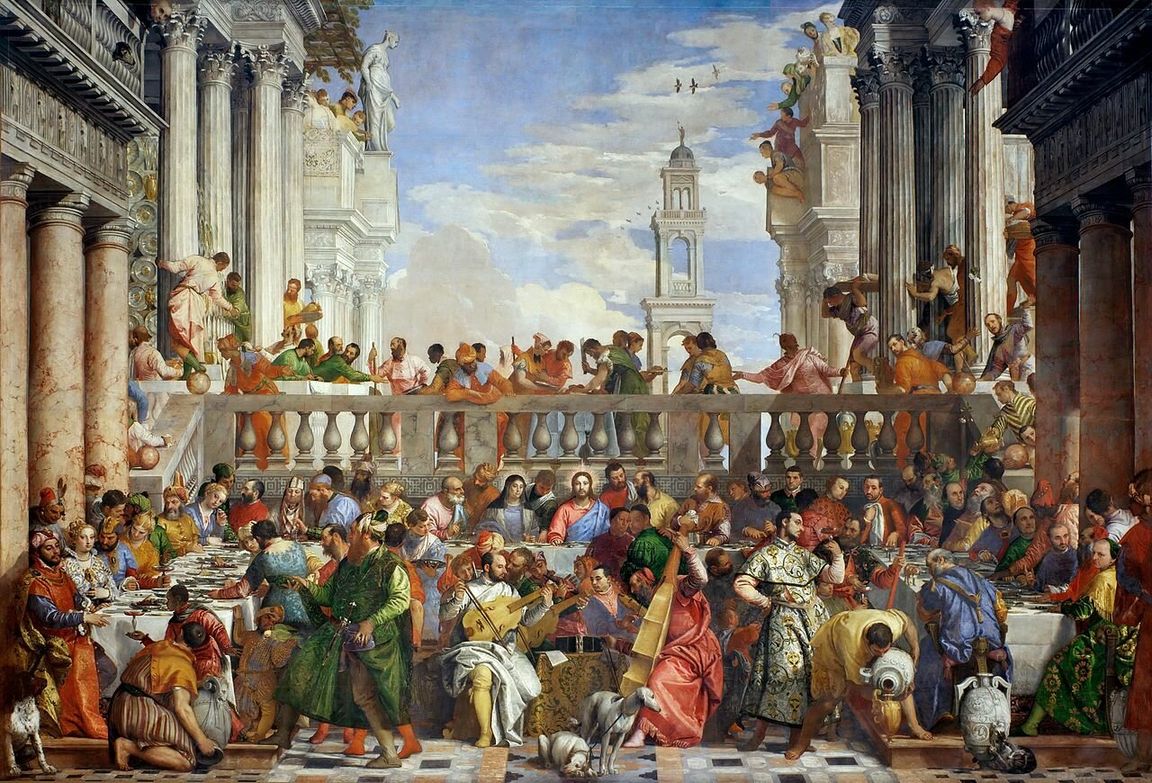
Coronation of Napoleon. The picture carries a historical meaning, because the ministers, kings, ambassadors, sisters and brothers of Napoleon depicted on it were actually present during the coronation. The exception is Napoleon's mother, which the author Jean Louis David placed in the very center. The painting was commissioned by Napoleon himself and took 3 years to complete.
.jpg)
Sculpture "Slaves" by Michelangelo. This exhibit is the pride of the Louvre Gallery. Initially, the author wanted to embody a cycle of six figures, but managed to complete only two - the "Resurrected Slave" trying to throw off the fetters and the "Dying Slave" resigned to his fate. The remaining unfinished figures are exhibited in Florence.
22.jpg)
Venus de Milo. But who is not familiar with the ancient Greek goddess of love Aphrodite? It is worth noting that the absence of hands is not the original idea. The goddess lost her limbs after she was found in the Aegean Sea on the island of Milos in 1820. At that moment, there was a conflict between the French, who were trying to take her to their country, and the Turks: they owned the island, and they did not want to part with the marble goddess.
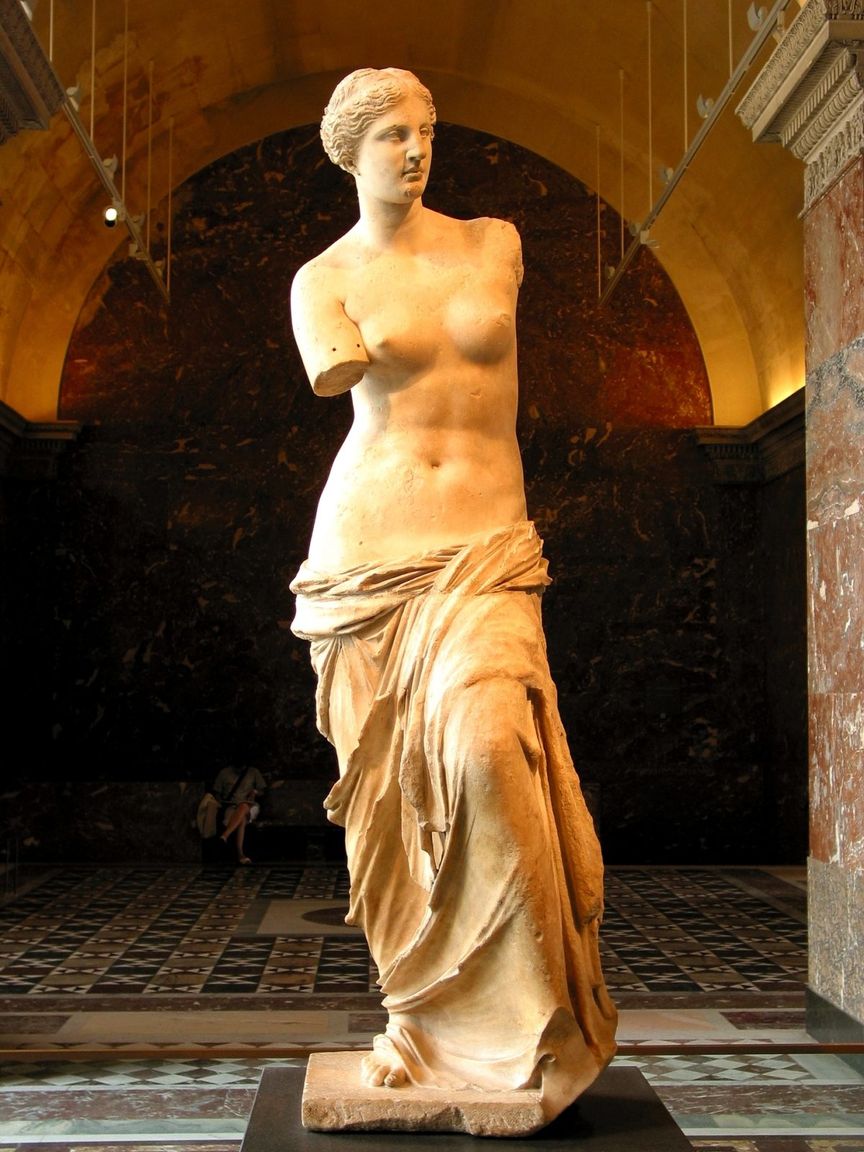
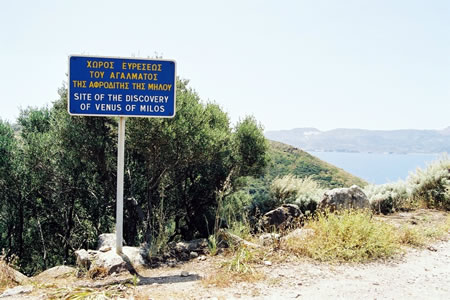
Regent Diamond. It was found in India in 1698 and originally weighed 426 carats. The stone was taken out by a British merchant and sold to the regent of the young Louis XV, Philip II of Orleans, which explains the name of the stone. Years passed, the stone was sawn into several small pieces, which were later bought by Tsar Pierre Le Grand. The main diamond of 140,64 carats is still a model of purity and beauty.
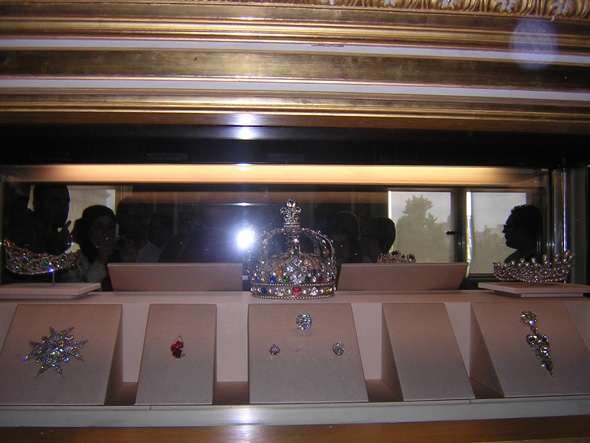
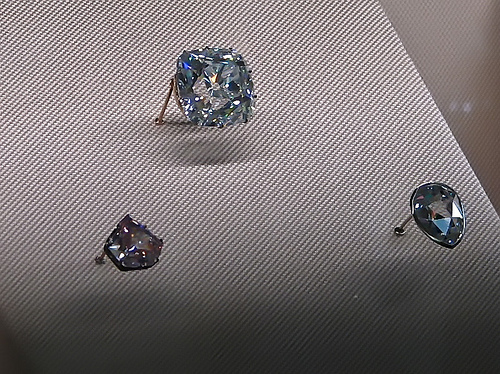
Among the exhibits of the Louvre are works related to the origin of ancient civilizations, a collection of paintings by Francis I, begun by him in the XVI century, which was later replenished by Louis XIII and Louis XIV.
The Louvre Museum impresses with its history, architecture and collection values, so a trip to this museum in Paris should be in the plan of every tourist!
Resourсe: paris-life.info; louvre.historic.ru; zen-designer.ru; www.goldensign.ru

